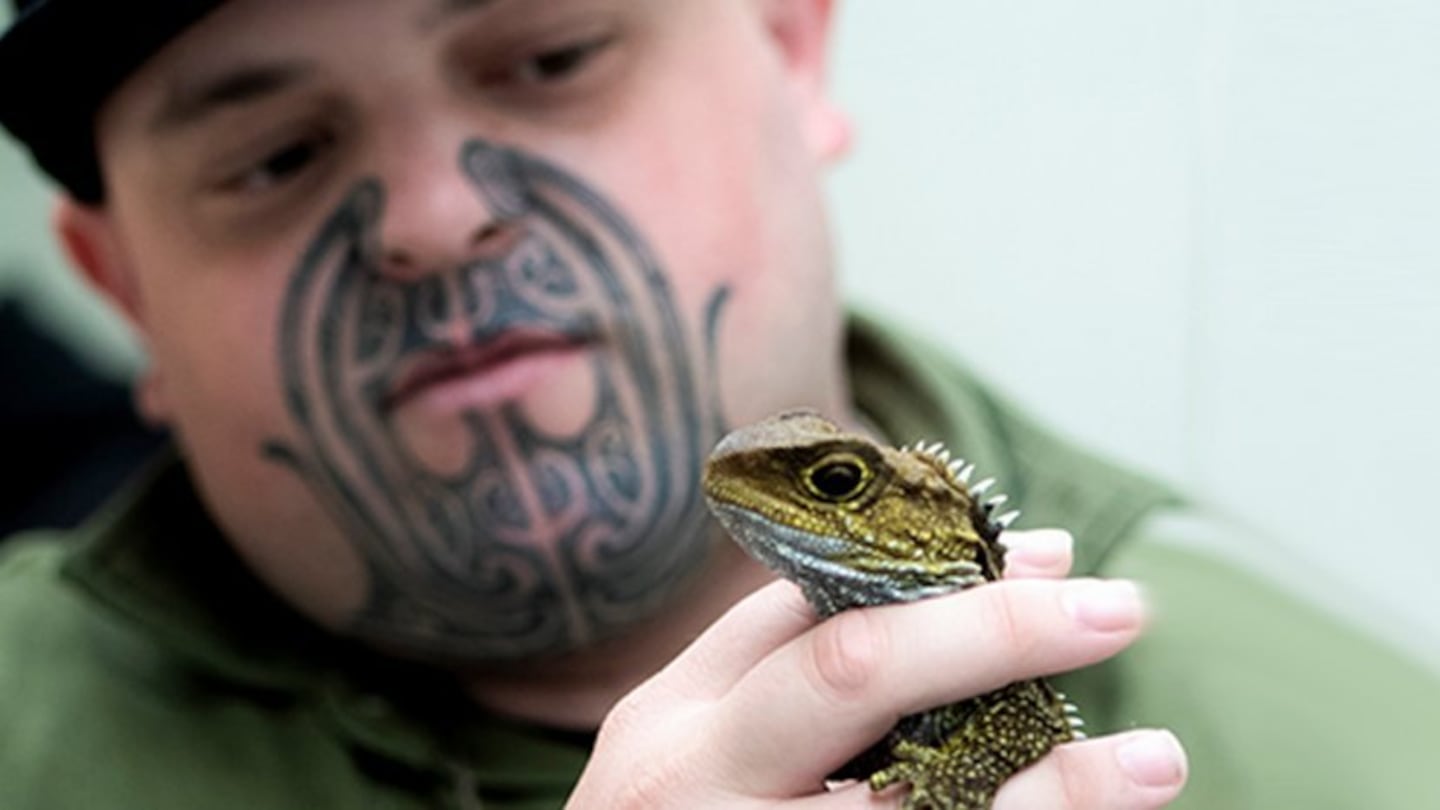Seventy-three tuatara have been flown from Invercargill to their natural home in the Marlborough Sounds this week.
The Takapourewa (Stephens Island) tuatara came from the Southland Museum and Art Gallery and flew on a dedicated Air New Zealand charter flight to Nelson.
Representatives from iwi Ngāti Koata, Kāi Tahu ki Murihiku and Ngāi Tahu papatipu rūnaka ki Murihiku have worked alongside the Invercargill City Council, the Department of Conservation, Victoria University of Wellington and Wellington Zoo to move the tuatara to their ancestral homeland.
Mā pango, mā whero
Ngāti Koata Trust cultural manager Louisa Paul is grateful for those involved in helping to bring the project to fruition.
“Mā pango mā whero ka oti te mahi - through cooperation the work can be completed,” Paul says.
The translocated tuatara were bred by Invercargill City Council senior living species expert Lindsay Hazley, who has worked with tuatara for 50 years. He says he’s excited the taonga have been able to return to their natural environment.
“In recent years, new partnerships with Ngāti Koata and Ngāi Tahu have been forged, which has meant that we are able to return these very special creatures to their ancestral home," he says.
“It’s the absolute ultimate goal for anyone in my line of work – to see a species not only surviv, but to thrive in captivity to a point where we are now able to release them back into the wild where they belong.”
Rare taonga
According to DoC, the native tuatara is the only living example of a reptile order that thrived over 250 million years ago, in the age of the dinosaurs. Individual tuatara are also long-lived, surviving up to 80 and possibly even 100 years. Stephens Island (Takapourewa), which has been a wildlife sanctuary since 1994, was home to at least 30,000 tuatara in 2011.
DoC Tuatara Recovery Group Leader Lynn Adams says, "Tuatara are held at a number of zoos and wildlife centres as insurance for the survival of the species should there be a threat to wild tuatara populations. It also provides opportunities for people to see these unique, ancient reptiles and learn more about them.”
The translocation was similarly special for Invercargill City Council staff member Zealan Simpkins, of Ngāti Koata.
“This is extra special for me, as being of Ngāti Koata descent, this translocation process is allowing me to reconnect with our taonga - being the tuatara, my whanau, hau kāinga and the people of Southland,” Simpkins says.
The flight
The 73 tuatara travelled in the cabin of flight NZ8952, cocooned in special transportation tubes sized to fit each individual.
Air New Zealand Head of Sustainability Lisa Daniell says the translocation is significant for the airline.
“Under our longstanding partnership with DOC we’ve transported nearly 4,000 threatened species and conservation dogs to date. We’re delighted to have helped move this number of tuatara, and it’s been really positive to see so many different organisations and sectors working together on this dedicated flight, for the good of this incredible species.”
Ngāti Koata Trust manager Louisa Paul looks forward to the continued relationship with the other the rūnaka ki Murihiku and Invercargill City Council in their care of the tuatara.

